Salinas Nuevas
As a result of the project carried out in 1952, some 136 hectares of new salt pans were built, excavated, waterproofed and “staggered”. Approximately a quarter of the total of the salt pans which were to become known as ‘Las Salinas de Roquetas’.
There are eight pans (deposits in saltworks terminology) ranging from just under one hectare to two and a half hectares, which received the water driven by the pump of the “second level”, passing from one level to another by gravity as they were staggered or purpose-built for this reason.
There were certain problems with some of the newly created pans, which forced them to be left out of the circuit and the water had to be rechannelled.
Once the saltworks closed in 1986, these pans received no more seawater and a natural dynamic began, that is, flooding occurred with the rains, either by direct collection or by surface runoff. Without maintenance on the separating walls they no longer perform their function. In this way a set of naturally flooded ponds appeared in the place of those originally subjected to forced fluctuations due to salt management.
The contribution of materials to these abandoned ponds brought by the wind, over time led to their colonisation by vegetation, not only the existing salt areas, but also reed beds and in some places, tamarisk. Thus, they have been transformed into a diverse environment, where birds not only have large open spaces, but also protective vegetation, so increasing their diversity.
Most of the area is within the municipality of Roquetas de Mar and is easily accessible for birdwatching from the “Salinas de Cerrillos” path, with magnificent places to observe the birds either feeding or resting in the area.


Birds to be found here

Common Tern

Mediterranean Gull

Wood Sandpiper

Common Sandpiper

Whimbrel

Common Snipe

Northern Lapwing

Grey Plover

Black Tern

Sandwich Tern
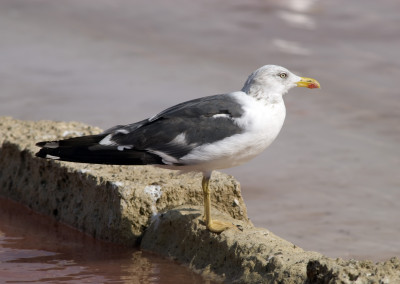
Lesser Black-backed Gull

Audouin´s Gull
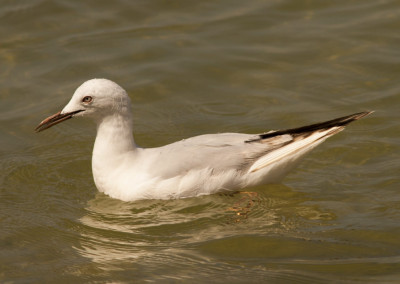
Slender-billed Gull
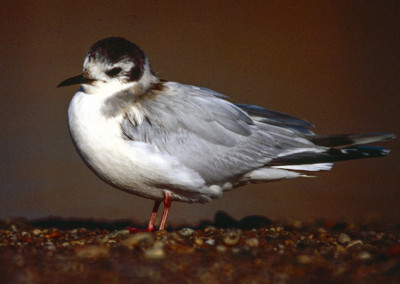
Little Gull

Black-headed Gulls

Ruddy Turnstone

Common Redshank

Spotted Redshank

Green Sandpiper

Bar-tailed godwit

Black-tailed Godwit

Ruff
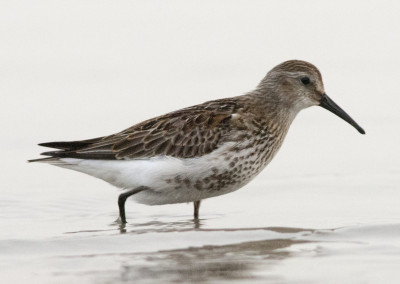
Dunlin

Little Stint

Sanderling

Red Knot

Little Ringed Plover

Pied Avocet

Eurasian Oystercather

Red-knobbed coot

Eurasian Coot

Purple Swamphen

Common Moorhen

Black Stork

White Stork

Glossy Ibis

Ferruginous Duck

Common Pochard

Garganey

Northern Pintail

Eurasian Teal

Gadwall

Eurasian Wigeon

Purple Heron

Grey Heron
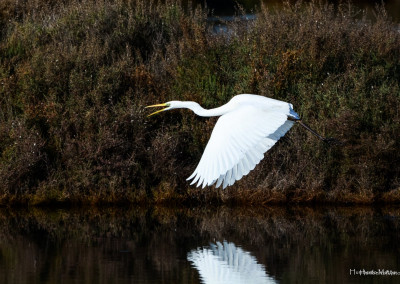
Great Egret

Little Egret

Cattle Egret

Black-crowned Night Heron

Little Tern

Yelow-Legged Gull
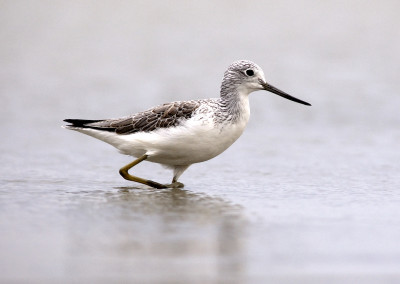
Common Greenshank
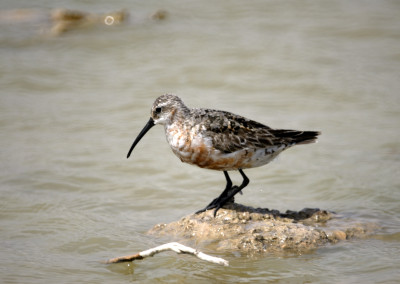
Curlew Sandpiper

Northen Shoveler

Great Crested Grebe

Red-crested Pochard

Marbled Duck

Mallard

Common Shelduck

Kentish Plover

Black-winged Stilt

Greater Flamingo
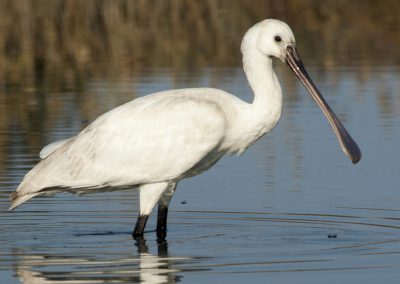
Eurasian Spoonbill

